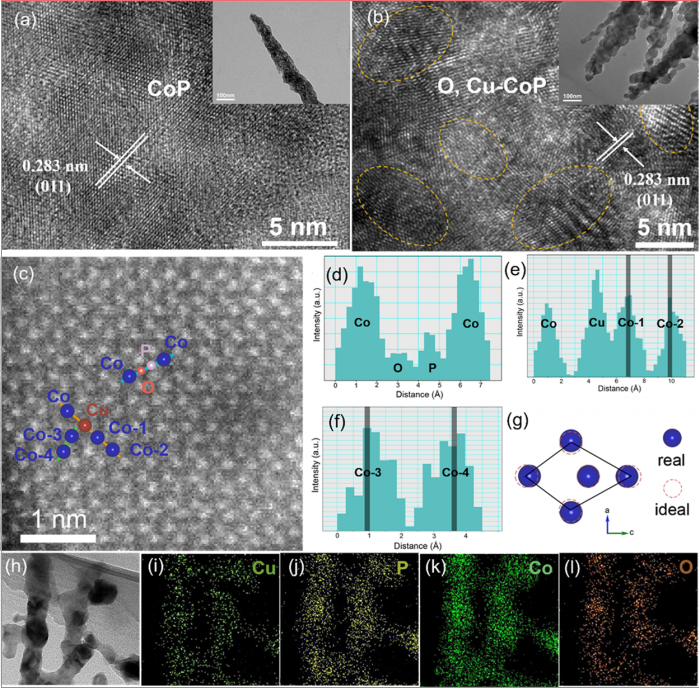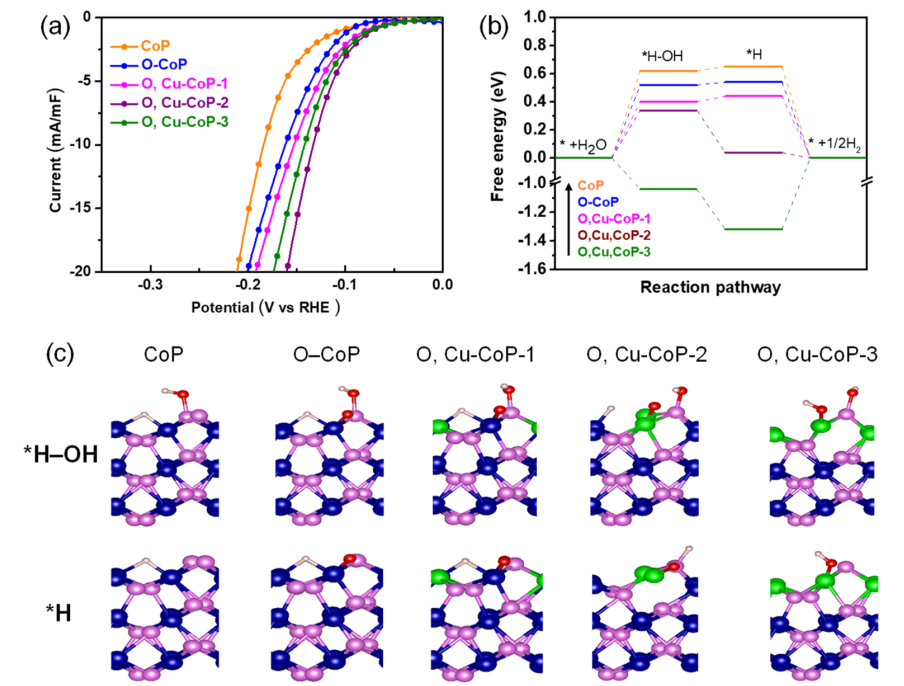
A Chinese team achieved improvement in water splitting and the lab study result they got could shoot long-lasting troubles in the work.
Hydrogen, as a central energy carrier, its role in the future energy era has been widely recognized for the high and “clean” energy it possesses.
For a long time, scientists have been devoted to finding a high efficient way to make hydrogen as well as oxygen out of water, they call it overall water splitting and they achieve it by some electrolysis process.
However, in the splitting process, active site number, water dissociation, and hydrogen adsorption free energy are the three main parameters for regulating the activity of electrocatalysts for hydrogen evolution reaction (HER) in alkaline media.
In fact, at present, it is very difficult to simultaneously modulate those three parameters to get better results.
The team took cobalt hosphide (CoP) as the model material and demonstrated that a metal and nonmetal dual-doping strategy could simultaneously modulate the three parameters by inducing lattice irregularity and optimizing the electronic configuration in CoP nanomaterials.
Thanks to the oxygen and copper dual-doping collective effect, the optimized O, Cu-CoP nanowire array electrode showed nearly 10-fold enhancement in catalytic activity for alkaline HER compared to a pure CoP nanowire electrode.
The joint work was conducted by Prof. LI Yue in Institute of solid State Physics, Hefei Institutes of Physical Science and Prof. FAN Hongjin in Nanyang Technological University and it may provide a new concept to boost performance of nonprecious metal electrocatalysts for alkaline HER.
And the study was sponsored by Singapore MOE AcRF Tier 2 Grant and the National Natural Science Foundation of China.

Figure 1: Morphology, structure, and chemical composition analyses. (a,b) HRTEM images of CoP and O,Cu-CoP. Inset: Corresponding TEM images. The circles indicate the lattice distortion. (c) HAADF-STEM image of O,Cu-CoP. (d-) HADDF line intensity profile. (g) Schematic illustration of the ideal and real atomic location of Co atoms. (h?l) HAADF-STEM image and corresponding EDX mapping images of O,Cu-CoP. (Image by SUN Yiqiang)

Figure 2: (a) HER polarization curves normalized by the electrochemical double-layer capacitance. (b) Corresponding HER diagram on the (011) surface of clean CoP and oxygen- and copper-doped CoP. (c) Calculated structural model for free energies of *H-OH and *H adsorption. Color denotation blue (Co), green (Cu), pink (P), red (O), and gray (H). (Image by SUN Yiqiang)

86-10-68597521 (day)
86-10-68597289 (night)

86-10-68511095 (day)
86-10-68512458 (night)

cas_en@cas.cn

52 Sanlihe Rd., Xicheng District,
Beijing, China (100864)

